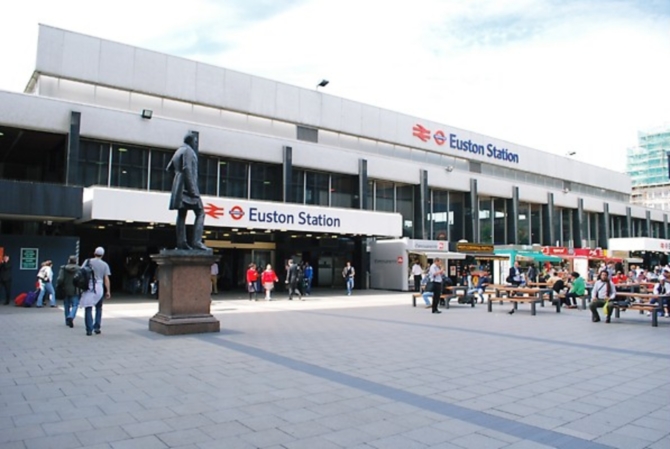The architectural watchdog, the Twentieth Century Society, has suffered another setback in its long running campaign to have London’s Euston Station protected as a listed building.

In its latest ruling the Department for Culture Media and Sport (DCMS) agreed with English Heritage’s findings that the 1960s-built terminus was “poorly integrated into its urban surroundings” and had “no strong visual relationship with nearby listed buildings”.
Designed as London Midland Region’s prestige post-war headquarters by British Rail’s chief architects WR Headley and RL Moorcroft, the station was, however, praised by English Heritage for its “lofty main circulation hall”. The heritage body also conceded the Modernist building was “a rare example of a major terminus” but said it “was seldom given any memorable architectural expression and its lucidity is compromised by later interventions”.
The 1979-founded Twentieth Century Society — which exists to safeguard the heritage of architecture and design in Britain from 1914 onwards — launched its fight to save the sprawling station after it was announced the entire structure would be demolished to make way for a futuristic Arup and Grimshaw-designed terminus for High Speed 2 (HS2).
Last year the Government rejected a £500m plan to demolish and construct a new station on the Euston site in favour a “cheaper” regeneration of the existing building. But in February this year, the Chancellor George Osborne said he was willing reconsider the original half-a-billion pound scheme.
The Twentieth Century Society had hoped that granting the station Grade II status would force the Government to rethink its strategy for the capital’s high speed terminus, but within minutes of the decision a DCMS spokesman stressed the listing rejection had nothing to do with the new line. “HS2 is immaterial,” he said. “The only consideration is the historical and architectural importance of the building.”
As far as the Twentieth Century Society’s director, Catherine Croft, was concerned, the ministry had “made a disappointing error”.
Hinting at the possibility of an appeal, Croft added: “I knew the listing application would be difficult and controversial and that commercial-led architecture is harder to get through than design-led architecture, but the more recent alterations to the station are largely superficial and could easily be removed to reveal the inspiring concourse — the department has made a mistake.”
Opened on 20 July, 1837, as the terminus of the London and Birmingham Railway, Euston was London’s first inter-city railway station. Attracting both national and international outcry, the Victorian building and Euston Arch were demolished in the early Sixties and replaced by the current building designed, its architects claimed, to “symbolise the coming of the electric age”.
Previous Post
Planning Changes create Opportunities for Farmers